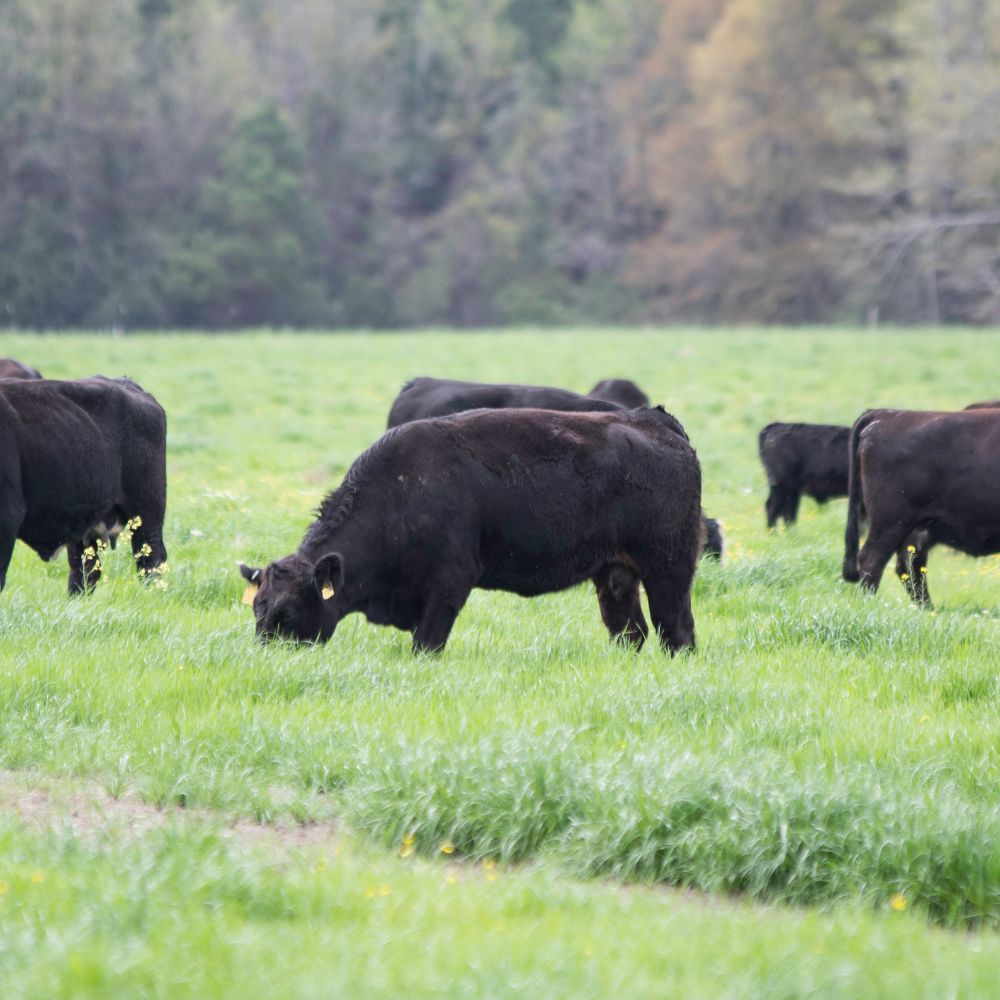Some Known Details About Bagley Risk Management
Table of Contents3 Easy Facts About Bagley Risk Management ShownThe Buzz on Bagley Risk ManagementBagley Risk Management Can Be Fun For EveryoneBagley Risk Management for BeginnersThe Best Strategy To Use For Bagley Risk ManagementBagley Risk Management for Beginners
When your agreement reaches its end day, the last rate is determined utilizing the CME Feeder Cattle Index. This is based upon sale barns throughout the Midwest (not simply your regional market). If the index falls below your contract's protection cost, you may be paid the difference. Price Adjustment Aspects will apply.Livestock Risk Protection (LRP) is a USDA subsidized insurance program that helps protect producers from the dangers that originate from market volatility. With LRP, manufacturers have the ability to insure a floor cost for their livestock and are paid an indemnity if the market value is lower than the insured rate.
This item is meant for. Livestock risk protection.
Bagley Risk Management for Beginners

In the last couple of months, several of us at FVC and PCM have gotten concerns from producers on which risk management tool, LRP vs. Futures, is better for a pork producer? Like most devices, the solution relies on your operation's goals and circumstance. For this edition of the Dr.'s Corner, we will check out the scenarios that often tend to prefer the LRP tool.
In Mike's analysis, he compared the LRP estimation versus the future's market close for each day of the previous twenty years! The portion revealed for each month of the offered year in the initial area of the table is the portion of days in that month in which the LRP computation is reduced than the futures close or to put it simply, the LRP would potentially indemnify greater than the futures market - https://businesslistingplus.com/profile/bagleyriskmng/. (Rma LRP)
As an example, in January 2021, all the days of that month had LRP possibly paying even more than the futures market. Conversely, in September 2021, all the days of that month had the futures market possibly paying greater than LRP (absolutely no days had LRP less than futures close). The propensity that shows itself from Mike's evaluation is that a SCE of a LRP has a greater possibility of paying a lot more versus futures in the months of December to May while the futures market has a higher probability of paying more in the months of June to November.
5 Easy Facts About Bagley Risk Management Shown

As an instance, in 2019, LRP was far better or within a $1. Table 2 depicts the typical basis of the SCE LRP computations versus the future's close for the provided time frameworks per year.
Again, this data supports more possibility of an SCE of a LRP being better than futures in December with May for many years. As a common caution with all evaluation, previous efficiency is NO assurance of future performance! Also, it is necessary that manufacturers have accounting procedures in place so they recognize their price of manufacturing and can better identify when to use risk management devices.
Getting The Bagley Risk Management To Work
Some on-farm feeders might be pondering the requirement for cost security at this time of year on calf bones preserved with the intent to feed them to a coating weight at some time in 2022, utilizing readily available feed sources. Despite strong fed livestock rates in the present local market, feed prices and existing feeder calf bone worths still make for limited feeding margins moving ahead.
The present average public auction rate for 500-600 pound steers in Nebraska is $176 per cwt. This recommends a break-even price of $127. The June and August live cattle agreements on the CME are presently trading for $135.
Cattle-feeding ventures tend to have tight margins, like many agricultural ventures, as a result of the affordable nature of the organization. Cattle feeders can bid much more for inputs when fed livestock costs increase. https://myanimelist.net/profile/bagleyriskmng. This increases the cost for feeder livestock, particularly, and rather increases the rates for feed and various other inputs
Bagley Risk Management Fundamentals Explained
Regions much from significant handling facilities tend to have an unfavorable basis. It is very important to note that regional results additionally affect basis worths for 500-600 extra pound steers in the autumn. As an example, Nebraska cattle are close to major handling centers. As a result, basis is favorable or absolutely no on fed cattle throughout much of the state.
Only in 2020 did the LRP coverage cost exceed the ending worth by adequate to cover the costs cost. The internet impact of having this LRP coverage in 2019-20 was substantial, including $17.
37 The manufacturer costs declines at lower insurance coverage levels however so does the protection cost. The impact is a reduced web outcome (indemnity premium), as insurance coverage degree declines. This reflects reduced efficient degrees of defense. However, because manufacturer premiums are so reduced at reduced coverage degrees, the manufacturer loss proportions (indemnity/premium) increase as the coverage level declines.
The Main Principles Of Bagley Risk Management
In general, a producer needs to look at LRP coverage as a device to shield result rate and subsequent profit margins from a threat monitoring perspective. Some manufacturers make a situation for insuring at the reduced degrees of protection by focusing on the decision as a financial investment in threat monitoring security.

 Haley Joel Osment Then & Now!
Haley Joel Osment Then & Now! Amanda Bearse Then & Now!
Amanda Bearse Then & Now! Andrea Barber Then & Now!
Andrea Barber Then & Now! Jenna Von Oy Then & Now!
Jenna Von Oy Then & Now! Katie Holmes Then & Now!
Katie Holmes Then & Now!